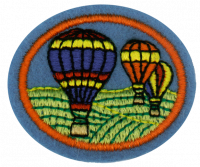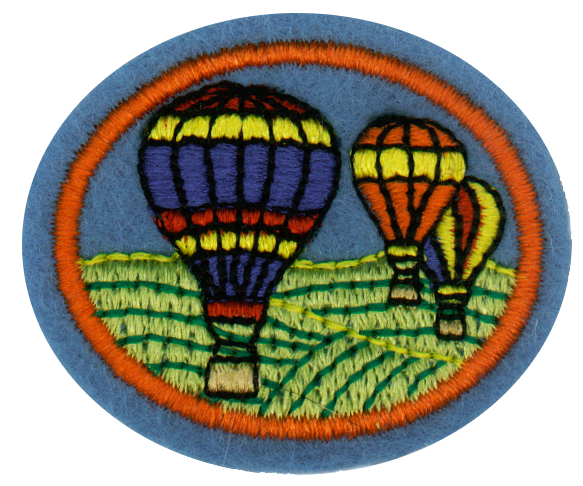Requisitos para la especialidad JA de Globos aerostáticos
Nivel de destreza
1
Año
2008
Version
30.12.2025
Autoridad de aprobación
Asociación General
1. Decir el papel que tuvo cada una de las siguientes personas en el desarrollo de globos volantes:
- a. Joseph-Michel Montgolfier y Jacques-Michel Montgolfier
- b. Jean-François Pilâtre de Rozier y François Laurent le Vieux d'Arlandes
- c. Jacques Alexandre César Charles y Nicolas-Louis Robert
- d.
Ben L. Abruzzo, Maxie L. Anderson, and Larry Newman
- e.
Cite the principle of Archimedes, and briefly describe how it applies to each of the following:
- a.
A piece of cork floating in a bowl of water
- b.
A ship floating in the ocean
- c.
A hot air balloon floating in the atmosphere
3.
Using a textbook of Chemistry, or a reference book of scientific tables, draw up a simple table showing the composition of air by weight and by volume.
4.
Draw up a simple table showing a comparison of the atomic number, atomic weight, and density of hydrogen, helium, nitrogen, and oxygen.
5.
Name two gases that are used in flying gas filled balloons.
6.
Explain how heat/temperature affect the density of air, and how this applies to flying hot air balloons.
7.
Explain the role of each of the following in the structure and flying of a hot air balloon.
8.
Name two materials that may be used for the envelope of a hot air balloon, and compare the advantages each accords because of its properties.
9.
Describe how flying balloons have served a useful function in
- a.
Military campaigns
- b.
Scientific research
10.
At what time of the day do most sport balloon flights take place? Why?
11.
Describe how a pilot controls the vertical movement of
- a.
A hot air balloon
- b.
A gas filled balloon
12.
Describe how a pilot controls the lateral or horizontal movement of a flying balloon.
13.
Build to completion one model hot air balloon (or two if working in pairs).
14.
Successfully launch, fly, and recover the model hot air balloon(s) which you have built.


